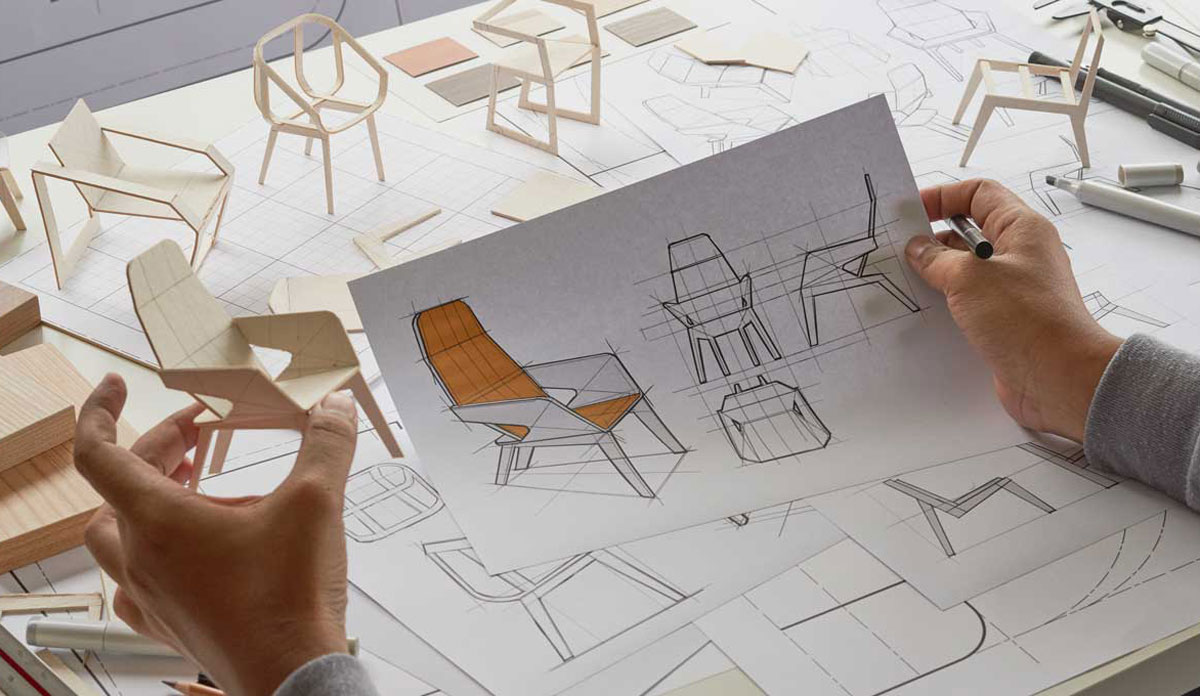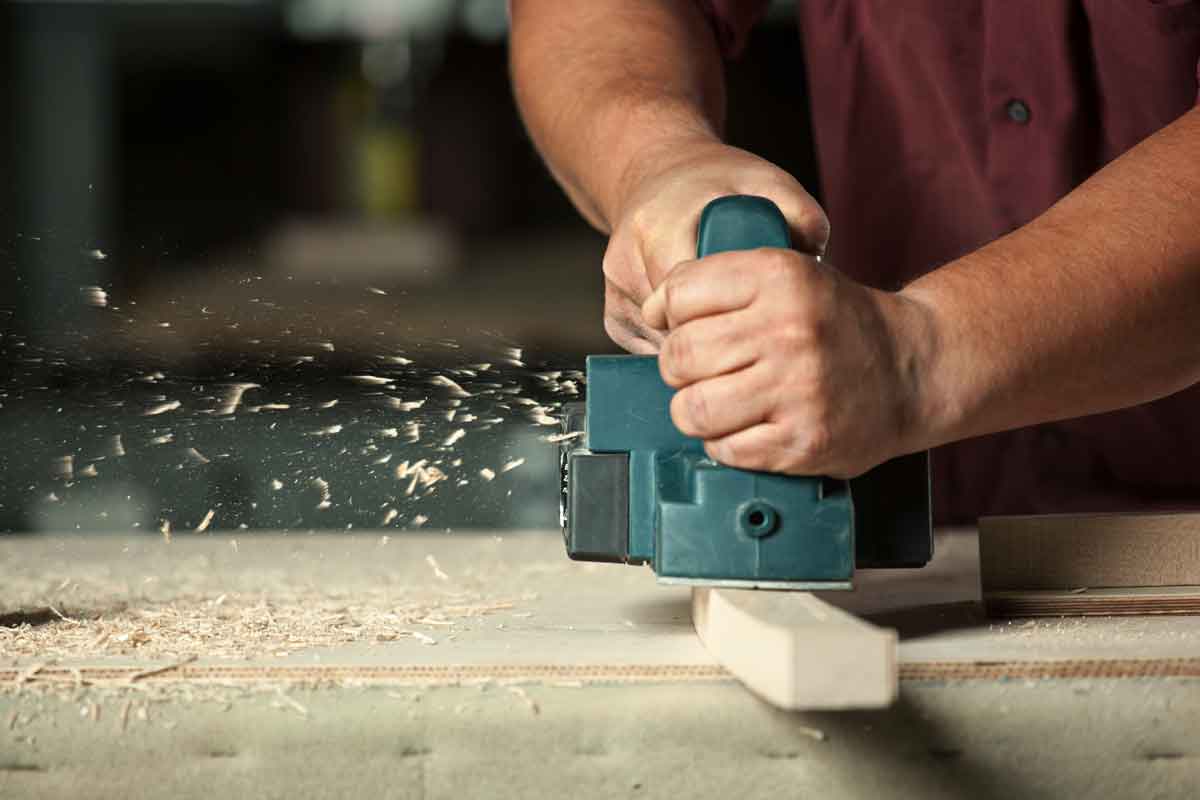
Why you should import furniture from China (a biased view)
Sourcing furniture from China is beneficial because Chinese furniture manufacturers provide high-quality furniture. Furniture manufacturers in China offer fast delivery times and efficient shipping options. Before starting your business, it’s important to know the logistics of importing furniture from China, such as shipping costs and the potential pitfalls of importing furniture into New Zealand. Understanding the rules and regulations will safeguard you through your sourcing journey.
This blog guides you through each step in importing furniture to ensure you’re set up for success.
Why you should import furniture from China:
Importing furniture from China has become a viable business model for Kiwi businesses. While you can manufacture furniture in New Zealand, the cost may not be reasonable for some companies.
Importing furniture from China is an affordable way to get large quantities of furniture. If you want to import furniture to start your own furniture business, import 2000 office chairs for a new company, design a bespoke furniture range, or place a one-off order for a project, China furniture manufacturers offer ample ways to import or manufacture furniture.
The types of furniture you can import from China.
The furniture manufactured in China comes in endless design, materials, scales, and price options. You can import off-the-shelf (which often includes the opportunity for partial customisation) or commission custom-made furniture.
The most common types of furniture available for import are:
- Outdoor furniture: such as garden furniture, including wicker and rattan furniture.
- Indoor furniture: such as sofas, suites, bedroom furniture and dining furniture.
- Hotel and office furniture: including home office furniture and executive office furniture.
- Kitchen and bathroom furniture.
- Smart furniture, such as sensors and tech-based furniture, including adjustable tables, automatic high-chairs for kids, and electric household appliances (such as ovens, blenders, microwaves, and pressure cookers).

Challenges and opportunities for importing furniture from China
Challenges:
Kiwi businessesoften language barriers when negotiating with furniture manufacturers in China. It’s why working with an experienced sourcing agency with a dedicated team in China, helps to ensure smooth and reliable communication between suppliers and businesses. This is important when planning logistics like shipping costs for importing furniture or customisation for those wanting to design furniture in China.
Opportunities:
Position
The positioning of Chinese furniture manufacturers offer streamlined routes to ports, facilitating effective, easy, and fast shipping. With established supply chains, sourcing from China offers reduced wait times on furniture product sourcing.
Cost
The most popular benefit of importing furniture from China is the cost. It’s affordable, accessible, and efficient. China produces massive quantities of furniture across hundreds of factories. With high standards and fierce competition, clients can expect highly competitive rates on an near-endless array of furniture options, styles and materials.
Pro tip:
This article provides a price breakdown for importing one furniture pallet from China to New Zealand. The costs of shipping furniture from China to New Zealand outlined can assist you in estimating your budget.
Materials
The most common materials in China used to make furniture are plastic, metal and wood, supplemented by bamboo, rattan, paper and other materials. Plastic is a durable material with solid moldability and low cost for furniture such as plastic chairs and tables.
The second most popular material in China used to manufacture furniture is wood. China has ample wood, plywood and veneer-based cladding materials for large-scale furniture such as sideboards, cabinets, bedding and dressers.
Quality
Top furniture manufacturers in China have advanced their manufacturing processes, and China’s capability to produce next-generational high-quality furniture has evolved. Because of this, you can find high-end, contemporary furniture across China. Check our Furniture page to view the most popular furniture imported in 2022.

How to import furniture from China:
You can directly visit manufacturers in China to browse their catalogue, contact a supplier on Alibaba, or use the services of a sourcing agency that guarantees the best deal and services. After finding the right manufacturer, you need to plan import costs, quality inspection, and shipment details. For businesses looking to import furniture from China, these steps help you avoid most pitfalls.
Step 1: Choose your importing method:
1. Visit top furniture manufacturers in China
As mentioned previously, you can import furniture from China in different ways. Businesses can visit China directly and make contacts through China’s world-renowned trade fairs or contact a supplier directly online.
2. Use Alibaba
Chinese manufacturers dominate Alibaba's furniture supplier list. You can find many choices about the type, quality and price of the furniture you seek. Alibaba is a great place to begin if you are a start-up.
3. Sourcing Agency
A furniture sourcing agency handles all the details of bridging the communication with Chinese suppliers, arranging the initial order, and following the process. An agency tracks assembly, packaging, quality control and importation like labelling, dispatch and shipping. This is especially useful for businesses that sell online through e-Commerce.
Step 2: Check New Zealand’s import regulations for furniture
To import wood products, you must meet the various treatment, packing, and plant health (phytosanitary) requirements of the import health standard (IHS). The MPI website includes a step-by-step process to follow when importing wood products.
Documents necessary to import furniture from China:
- Certificate of origin
- Certifies that your pieces of furniture were manufactured in China
- Bill of lading – Provides more detailed information about the goods and destination
- Commercial invoice – Confirmation of the product sold – for the buyer and the seller
- Insurance certificate – Describes the type of insurance covering the goods
- Packing List – Gives the number of goods
- Shipper’s letter of instruction – Details the shipping requirements.
If you're importing wood products made from primarily raw or unmanufactured timber, check the process for importing timber.
Step 3: Considering import costs, quality inspection, MOQ’s, and Shipping
Import costs - The main costs you should consider:
- Negotiating the best price face-to-face, online or with a sourcing agency.
- The cost of exporting the product until it’s on the ship is known as Free on Board (FOB), a standard practice in China.
- The cost of ocean freight charges from China to NZ.
- The port handling and delivery costs in NZ once your furniture has arrived.
A adept sourcing company is able to calculates the costs of shipping for you. Better rates are guaranteed as they work in large quantities and have long-standing relationships with manufacturers, ocean freight, ports and trucking and delivery firms.
Quality Inspection - Steps to take before placing your first order:
Only buy in bulk once you test the furniture (yourself or get someone on the ground to test it for you). If in doubt, ask for verification and always order samples before placing your first official order.
MOQ’s - What you need to know
There will be minimum order quantity requirements (MOQs) for importing furniture from China. Different MOQ’s apply to different suppliers. You may be given a high MOQ but a lower price if you buy in bulk. Different contracts with suppliers influence MOQ’s depending on the scale of furniture you import and how often you place your order.
Our blog ‘Navigating the world of MOQ’s to grow your business’ guides you through the ins and outs of MOQ’s.
Shipping
China’s production capabilities align with its international shipping and trade routes. The typical time for a product to reach New Zealand from China is a maximum of one month via sea freight.
What will it cost me to clear my furniture in NZ?
When importing furniture into NZ, the leading custom clearance fees include GST and consignment fees.
GST: All furniture purchases from China shipped to NZ will have a 15% Goods Services Tax (GST) applied before it’s shipped. Plus, the duty payable and the freight or insurance charges you have had to pay your supplier.
Consignment fees: All furniture valued over NZD$1,000 requires formal clearance through NZ customs. If your furniture is valued over NZD$1,000, you’ll also need an NZ Customs Client Code and the Supplier Code of your furniture supplier. If you are using a sourcing agent, they usually provide all the necessary documentation, including these codes.
Consignment fees you may be charged:
- NZ Customs Import Entry Transaction Fee (IETF) of $59.48 (Inc. GST + Bio Security levy)
- NZP Brokerage Fee of NZD$63.25 to complete and submit the import entry (includes Tariff classification)
The TWC fact sheet includes all details on importing and clearing your furniture in customs.
Always wanted to start source and import furniture from China? Contact Epic Sourcing today.
Related Articles
Let’s Make It Epic
We're here to make sourcing simple – and a whole lot less stressful.

.svg)

.svg)





